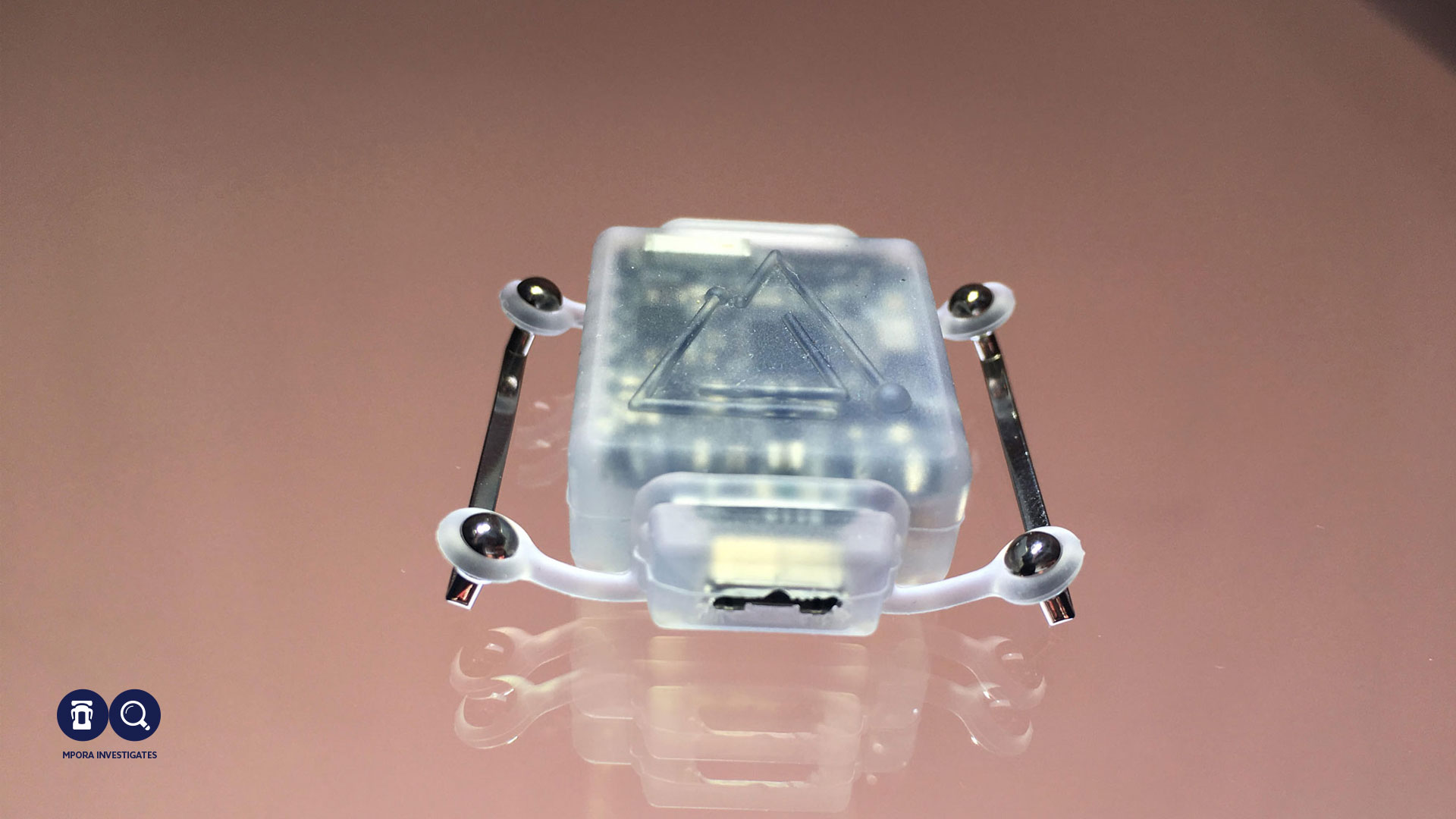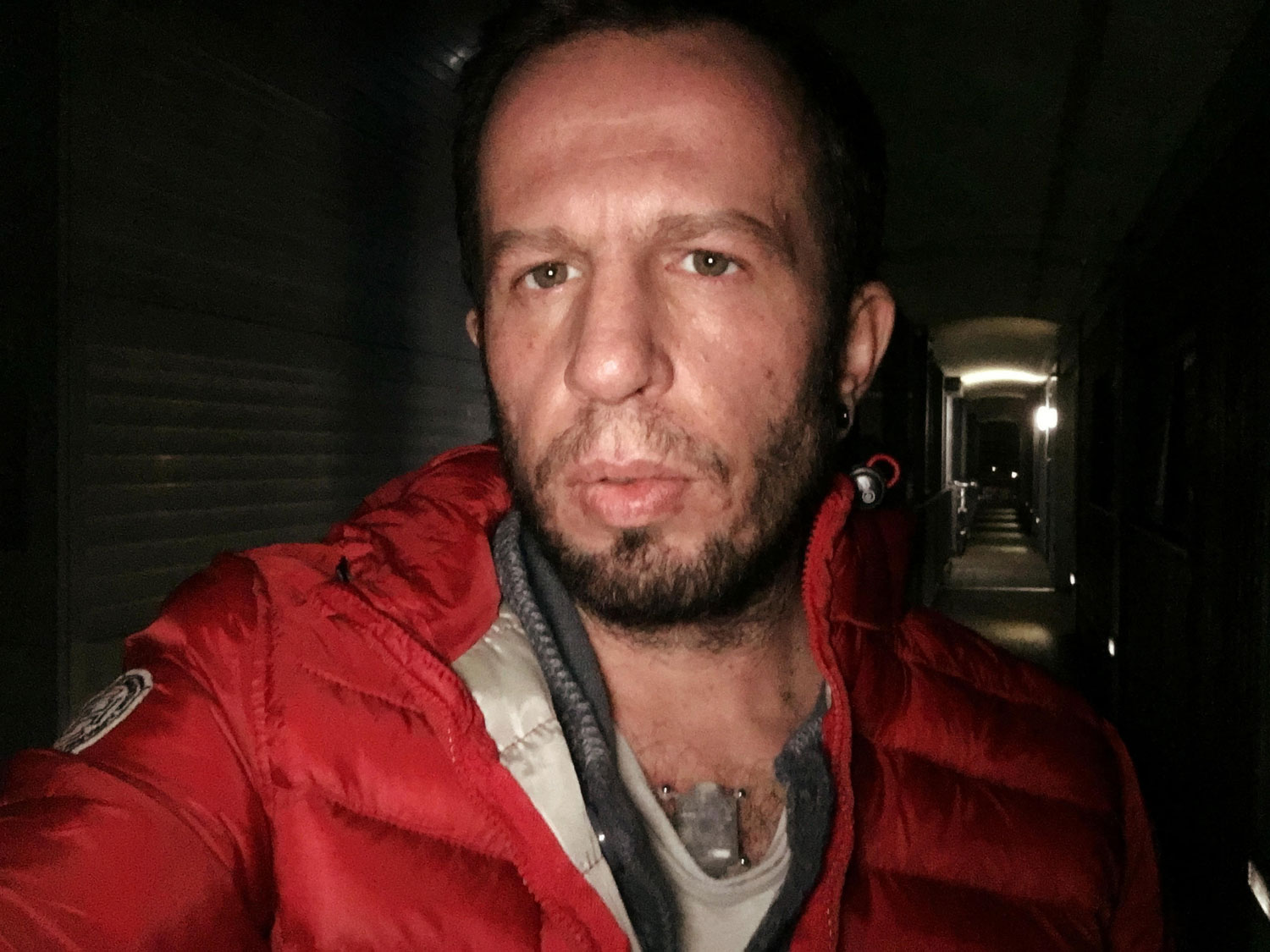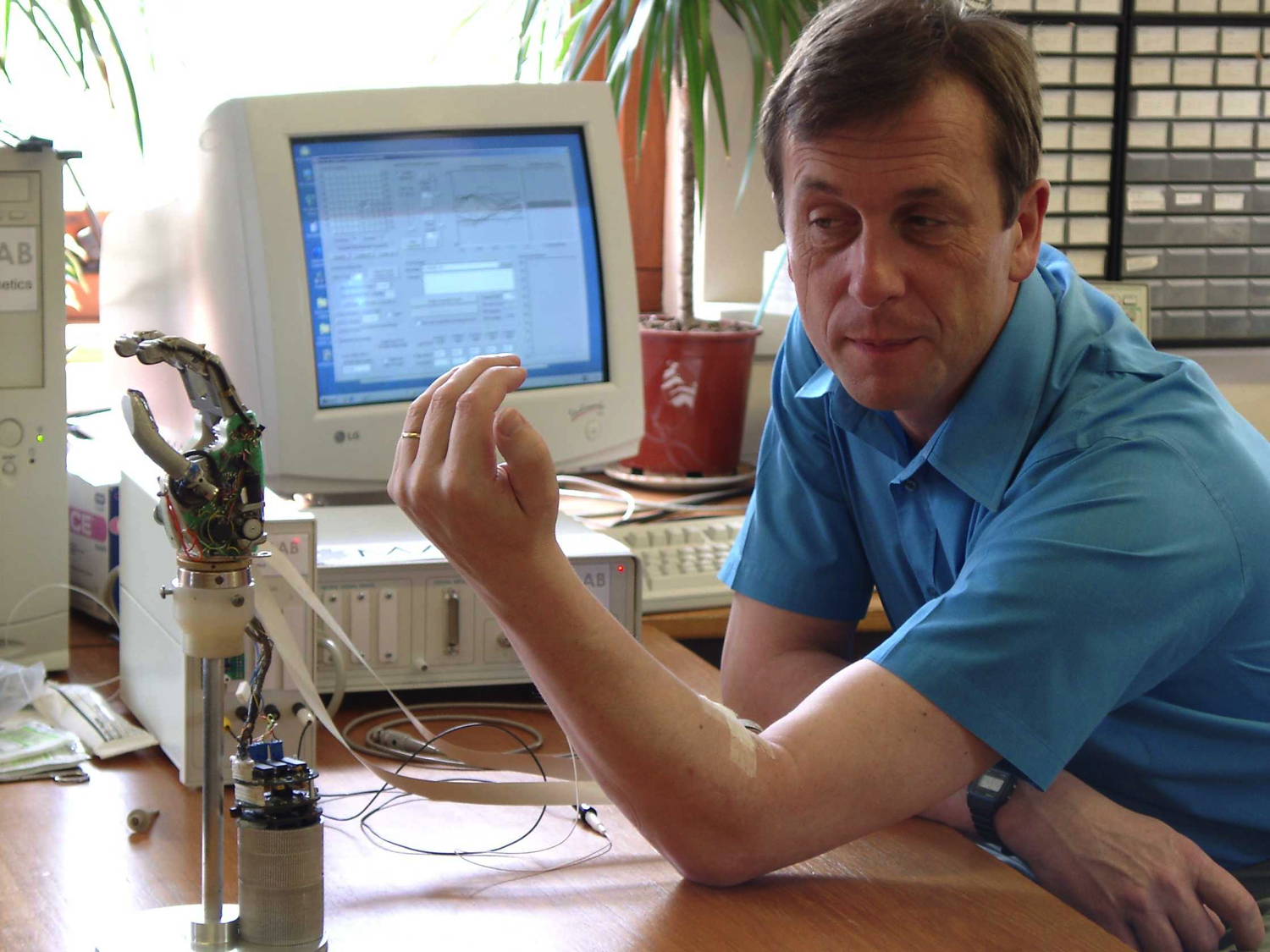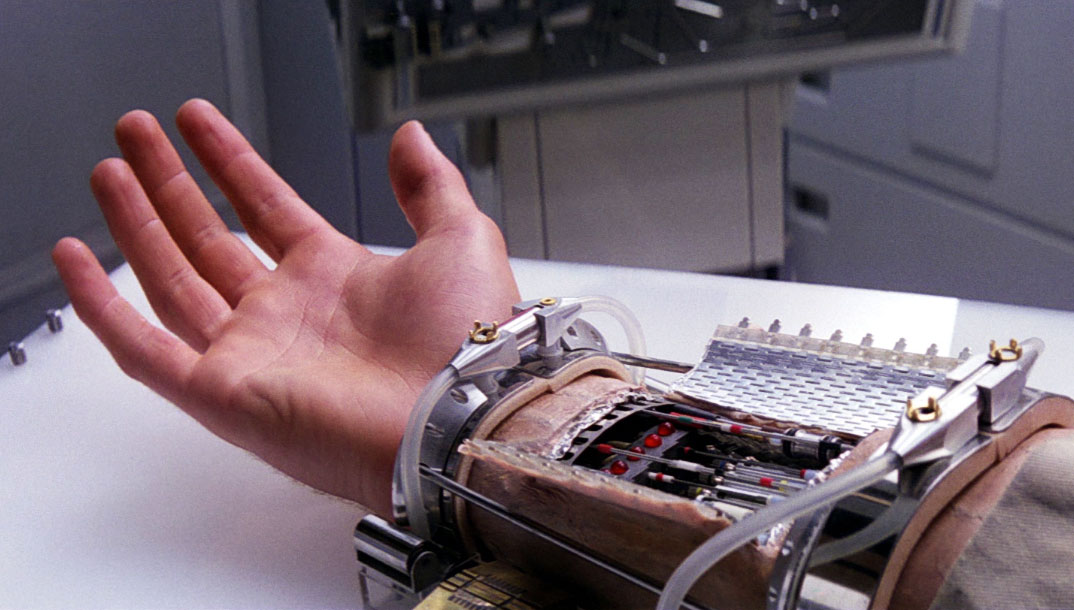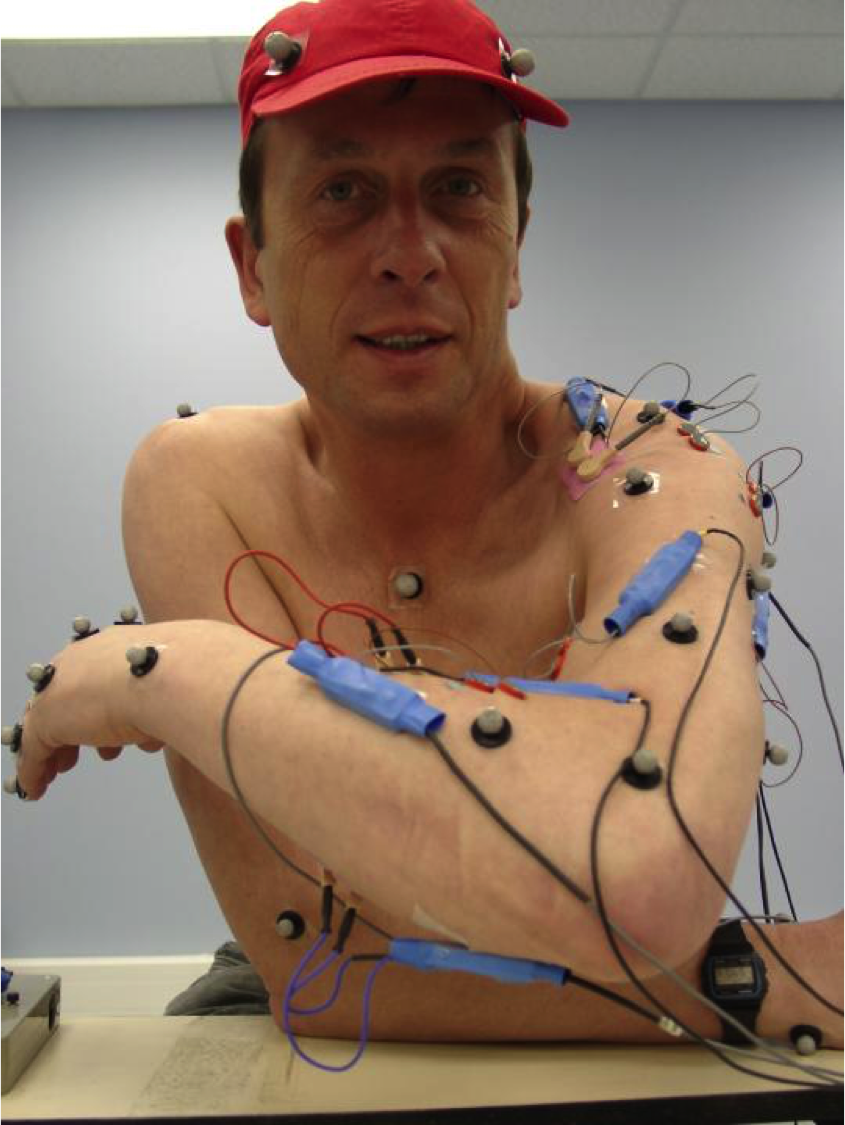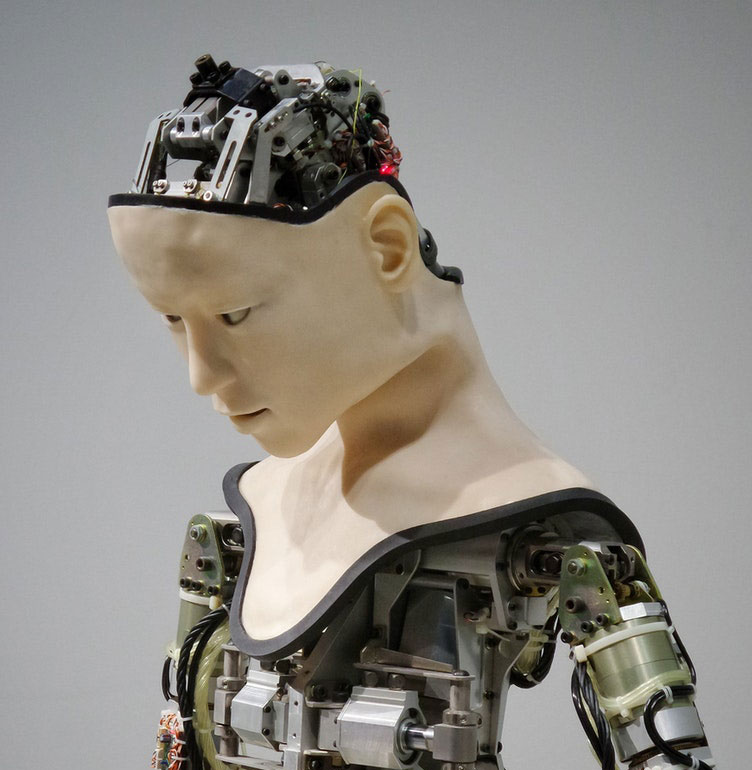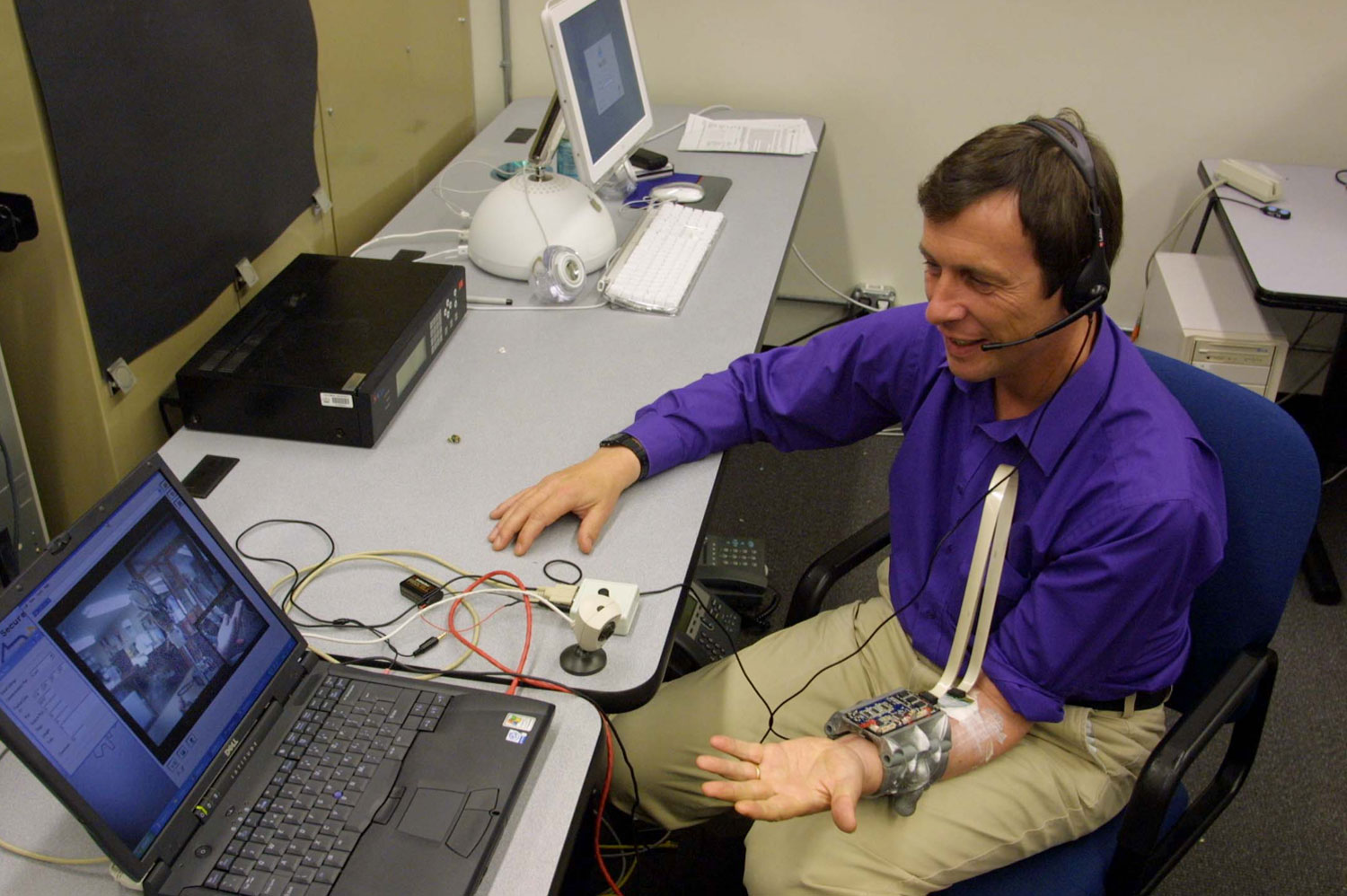“Each time you’re facing north, it gives a short vibration. So now I know north is the way my living room faces the garden, and the direction my boy goes into his school. Last week I gave a talk and standing on the stage I knew north was to my left. The whole connection between places in my brain happens in a different way now; it starts to embed into your memories…”
Liviu Babitz has been wearing the North Sense, a small silicone device, with tiny titanium bars embedded under his skin, since the start of 2017. It sits high in the centre of his chest and when he first showed it to me on Skype, I thought it looked like a robot bug from the future gorging on his flesh. Yet I’m fascinated by its premise and more generally the idea of humans adding an extra sense to a repertoire most of us have spent our whole lives imagining was fixed.
“The whole connection between places in my brain happens in a different way now; it starts to embed into your memories”
Sense hacking with a view to helping us experience the world anew is the central motivation of Cyborg Nest, a company founded by Babitz and his partner Scott Cohen. The North Sense was their first product, costing $425 each; it sold out at the end of last year. Babitz feels it’s such a part of him now that “thinking of not having the North Sense anymore is terrifying…like waking up in the morning and not seeing the colour green.”
He believes: “We’re standing on the edge of a really new era. There is so much around us that we cannot perceive with the senses we were born with. In the room where you are now there are endless colours, sounds and other stuff like the electromagnetic field of the planet, that we as humans are not equipped to sense.”
